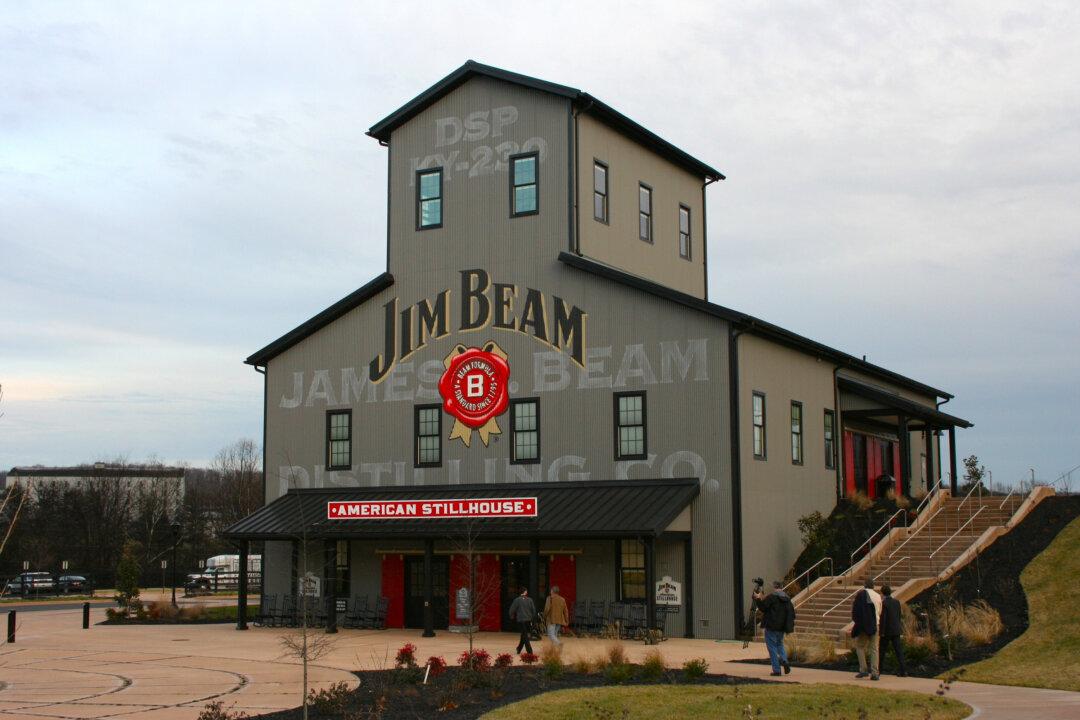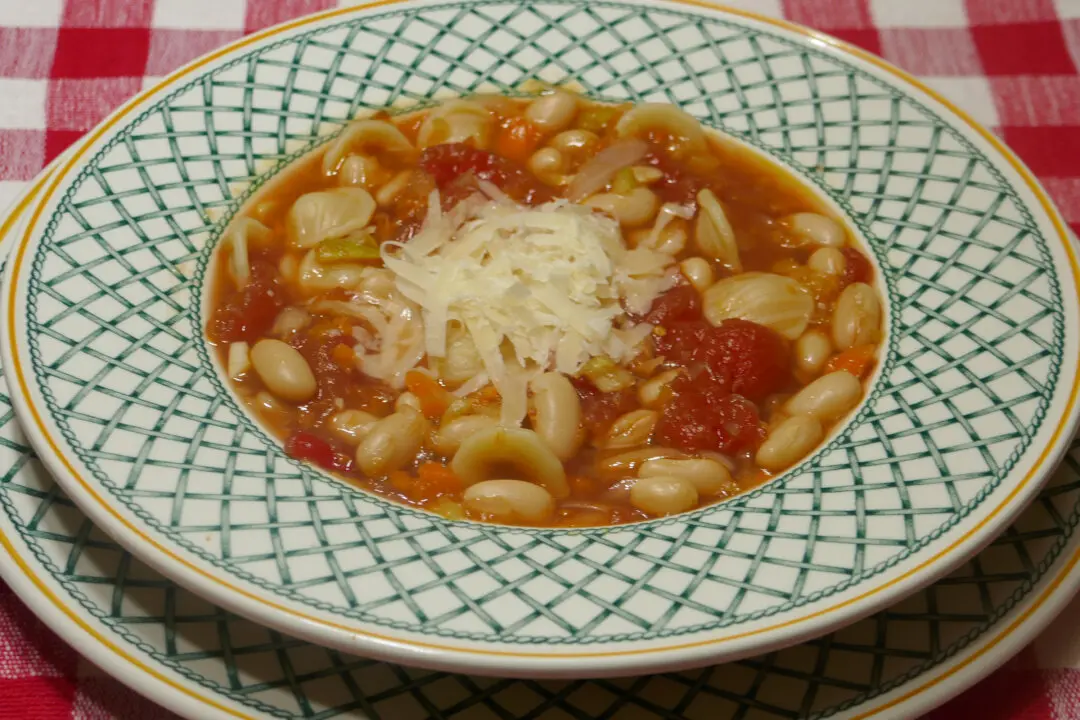By Mary Ann Anderson
From Tribune News Service
J.R. Ewing, the scoundrel oil baron of the prime time melodrama “Dallas,” was known to often enjoy a neat order of bourbon and branch as his tipple of choice. John Wayne fancied Wild Turkey, another bourbon whiskey. For Ol’ Blue Eyes, Frank Sinatra, it was Jack Daniels. Mila Kunis likes Jim Beam. And Anthony Bourdain, traveler extraordinaire, in an interview on the Reserve Channel, called Pappy Van Winkle 20-Year “the most glorious bourbon on the face of the planet.”






